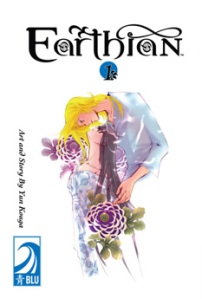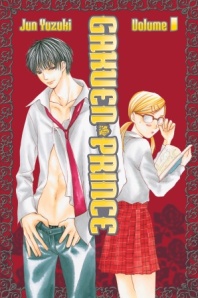I can all but guarantee that your Monday will be improved by reading Deb (About.Com) Aoki’s expanded transcript of the Moto Hagio panel from this year’s Comic-Con International. She talks about her career, her individual works, and manga in general. It’s hard to pick a quote that I like best, so I’ll pick the one that makes my head spin at the creative possibilities:
“I recently saw Henry VI by Shakespeare, and found that to be very inspiring. In Shakespeare, the stories tend to focus around the men, but there’s not a lot in these stories about the women. I’m interested in telling the stories about the women.”
I would now like an entire book of comics featuring Hagio’s take on the women of Shakespeare’s plays.


















